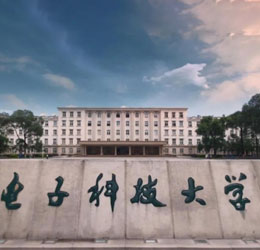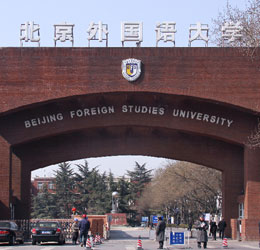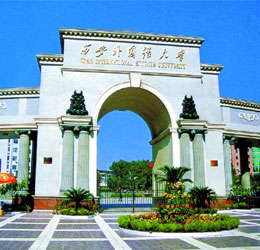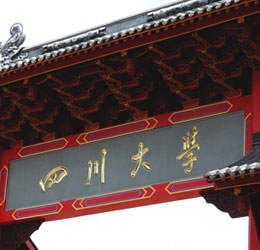隨著出國留學人數的增加,出國留學專業選擇也越來越廣泛,機械工程留學也開始火爆起來,美國、英國、德國等都成了機械工程留學的熱門國家。留學行家提醒大家,要順利通過機械工程留學申請,大家還必須了解足夠的專業知識。
機械工程英語翻譯:Heat treatment of metals
The understanding of heat treatment is embraced by the broader study of metallurgy. Metallurgy is the physics, chemistry, and engineering related to metals from ore extraction to the final product.
對熱處理的理解包含于對冶金學較廣泛的研究。冶金學是物理學、化學和涉及金屬從礦石提煉到最后產物的工程學。
Heat treatment is the operation of heating and cooling a metal in its solid state to change its physical properties. According to the procedure used, steel can be hardened to resist cutting action and abrasion, or it can be softened to permit machining.
熱處理是將金屬在固態加熱和冷卻以改變其物理性能的操作。按所采用的步驟,鋼可以通過硬化來抵抗切削和磨損,也可以通過軟化來允許機加工。
With the proper heat treatment internal stresses may be removed, grain size reduced, toughness increased, or a hard surface produced on a ductile interior. The analysis of the steel must be known because small percentages of certain elements, notably carbon, greatly affect the physical properties.
使用合適的熱處理可以去除內應力、細化晶粒、增加韌性或在柔軟材料上覆蓋堅硬的表面。因為某些元素(尤其是碳)的微小百分比極大地影響物理性能,所以必須知道對鋼的分析。
Alloy steel owe their properties to the presence of one or more elements other than carbon, namely nickel, chromium, manganese, molybdenum, tungsten, silicon, vanadium, and copper. Because of their improved physical properties they are used commercially in many ways not possible with carbon steels.
合金鋼的性質取決于其所含有的除碳以外的一種或多種元素,如鎳、鉻、錳、鉬、鎢、硅、釩和銅。由于合金鋼改善的物理性能,它們被大量使用在許多碳鋼不適用的地方。
The following discussion applies principally to the heat treatment of ordinary commercial steels known as plain carbon steels. With this process the rate of cooling is the controlling factor, rapid cooling from above the critical range results in hard structure, whereas very slow cooling produces the opposite effect.
下列討論主要針對被稱為普通碳鋼的工業用鋼而言。熱處理時冷卻速率是控制要素,從高于臨界溫度快速冷卻導致堅硬的組織結構,而緩慢冷卻則產生相反效果。
機械工程英語翻譯是申請機械工程留學的同學必須了解的知識,無論是在文書寫作中,還是在大學面試中,都有可能涉及到其中的單詞和句型,大家一定要足夠重視,反復練習。






















 咨詢
咨詢







 重點關注
重點關注 熱門留學國家
熱門留學國家 留學模式
留學模式 留學專業
留學專業 關于我們
關于我們

